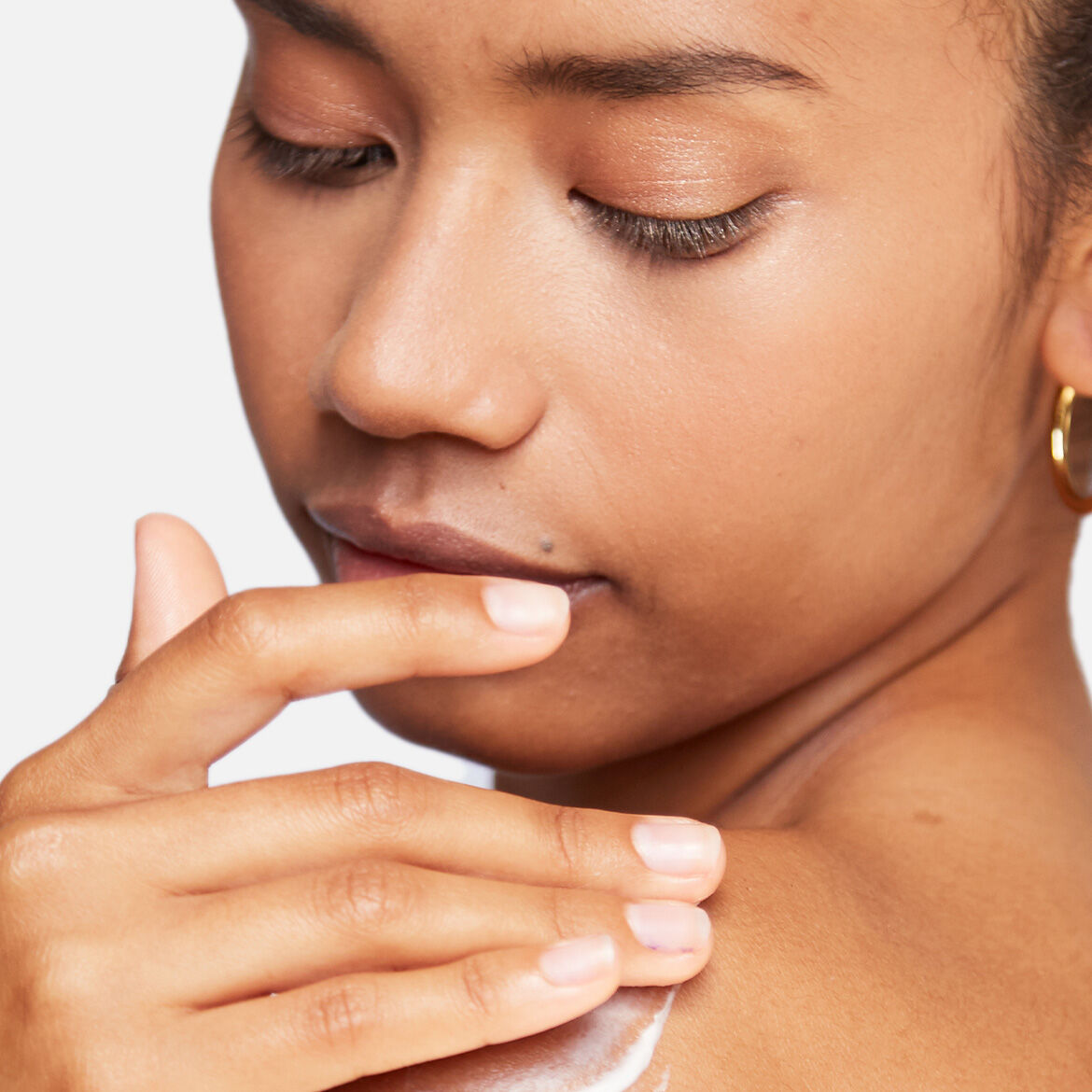
Routine + Moisturizer: Do’s & Don’ts for the Rainy Season
Monsoon weather introduces unique skin care challenges from clogged pores and fungal flare-ups to dullness and dehydration.
A poorly configured skincare regimen may injure your skin without your intent. However, when done the right way in terms of routine and moisturizers, the skin can manage to be balanced, clear, and bright, despite the rains. In this blog, we will explore the necessary dos and don'ts of monsoon skin care, moisturiser for dry skin, how to protect your skin in the monsoon, and moisturizer for oily skin.

What to Include in Your Monsoon Skin Care Routine
To be resilient during the rainy season, consider a lightweight, monsoon-friendly skin care routine, a hydrating cup, and protection. The following is what is necessary:
Cleanse Effectively
● Use a gentle cleanser twice daily to remove sweat, pollution, and rainwater residue.
● Opt for a gel-based or soap-free cleanser with niacinamide or mild surfactants.
● Example: Cetaphil Gentle Skin Cleanser is soap‑free and pH-balanced for all skin types.
Tone Gently
● Use an alcohol-free toner to remove residue and rebalance pH (~5.5).
● Look for soothing ingredients like glycerin, aloe, or cica.
● A proper toner helps minimize congestion and prep your skin for hydration.
Moisturize Correctly
● Select non-comedogenic, water-based moisturizers for humid weather.
● For oily and acne-prone skin: lightweight gel/lotions such as Cetaphil Daily Oil-Free Hydrating Lotion or the Cetaphil Gentle exfoliating SA lotion.
● For drier areas or skin types: choose hydrating, gentle moisturizers with humectants and light emollients, like Cetaphil Daily Hydrating Lotion.
Dos for Monsoon Skin Care
Follow these key dos to manage monsoon skin care effectively:
Use Gel-Based Products
● Gel or lotion formulas are light, non-greasy, and absorb fast, ideal for moisturizer for oily skin during monsoons.
● Avoid heavy creams that trap moisture and lead to fungal breakouts.
Regular Exfoliation
● Now everyday gentle exfoliation is possible with the Cetaphil Gentle exfoliating SA Range
● Helps clear dehydrated cells, unclog pores, and reveal brighter skin.
Protect Against Sun and Pollution
● Rainy skies don't block all UV rays; use broad-spectrum sunscreens like Cetaphil Sun SPF 50+ Light Gel.
● Utilize a pollution-defense serum with antioxidants and consider using makeup-removing cleansing balm at night.
Don’ts for Monsoon Skin Care
Stay away from these mistakes to maintain a healthy monsoon skin care routine:
Avoid Heavy Creams
● Skip thick, petroleum-based creams; they trap moisture, raise humidity under skin, and trigger clogged pores.
● Choose mattifying or gel moisturizers instead.
Skip Overwashing
● Do not cleanse more than twice daily. Overwashing can strip oils, trigger rebound sebum, or encourage dryness.
● Use gentle cleansers and lukewarm water.
Say No to Excessive Makeup
● Heavy foundation and layers of makeup block pores, especially in humidity.
● Opt for minimal, breathable products and commit to full cleansing at night.
Adapting Your Diet for Better Skin Health
What you eat affects your skin’s resilience during the monsoon. Add these dietary adjustments to your monsoon skin care routine:
Hydrate Your Skin from Within
● Drink 2–3 liters of water daily, as dehydration happens even in high humidity.
● Consume coconut water, cucumber juice, and herbal teas for hydration and antioxidants.
Reduce Refined Sugars
● Avoid sugar-heavy snacks during the rainy season insulin surges can increase sebum, inflammation, and boost fungal infection risk.
● Opt for skin-friendly sources: berries, nuts, leafy greens for glycemic balance.
Conclusion
Monsoon skin care does not mean the application of additional products, but, on the contrary, keeping the skin protected and hydrated. The sensible schedule, delicate cleansing, even hydration, intelligent scrubbing, sun and contamination guard can turn you rain prepared and gleaming.
● Choose gel-based, non-comedogenic moisturizers tailored to your skin type
● Hydrate inside-out with clean water and nourishing food
● Avoid heaviness, excess washing, and trapped makeup
Stick to these routine + moisturizer do’s and don’ts, and your skin will thrive even in high humidity.
FAQs
What type of cleanser should I use in the monsoon?
Wash off with a non-soap-based cleanser that removes excess oils, dirt, and smog, yet is not harsh enough to wash off natural oils. Use non-comedogenic, pH-balanced cleansers that contain hyaluronic acid or glycerin, or niacinamide to sustain the health of the barrier and avoid breakouts, which are more frequent in the rainy season because of humidity.
Can I skip moisturizer if my skin feels oily during the rainy season?
No. Even oily skin requires moisture. This can cause the overproduction of sebum when you skip moisturizer. Apply an oil-free, lightweight, non-comedogenic moisturizer gel, which will hydrate your skin without clogging your pores, or leaving it feeling oily, as well as keeping your skin balanced, soft, and not prone to environmental stress in the humid months during the monsoons.
How often should I exfoliate my face in the monsoon?
Cetaphil Gentle exfoliating SA range (Cleanser and Lotion) can be used for daily gentle exfoliation. This acts as the role of removing dead skin cells and clearing skin pores, and brightening dull skin.
Is it necessary to use sunscreen during cloudy monsoon days?
Yes. Nobody should think that clouds protect a person against the adverse effects of UV radiation because up to 80% of these rays enter the cloud. You need sunscreen even on cloudy days. Apply a wide-spectrum SPF 30 or more every day to defend against early ageing, tanning, and pigmentation, and in case monsoon air pollutants already overwhelm your skin barrier.
What are the best natural ingredients in moisturizers for the rainy season?
Seek moisturizers that contain aloe vera, cucumber extract, green tea, chamomile, or hyaluronic acid. Such ingredients provide non-invasive hydration, soothe inflammation, and work on sensitive or acne-prone skin. They have anti-inflammatory and antioxidant properties, and hence, they are perfect in case of irritation and breakouts caused by humidity during the monsoons.














